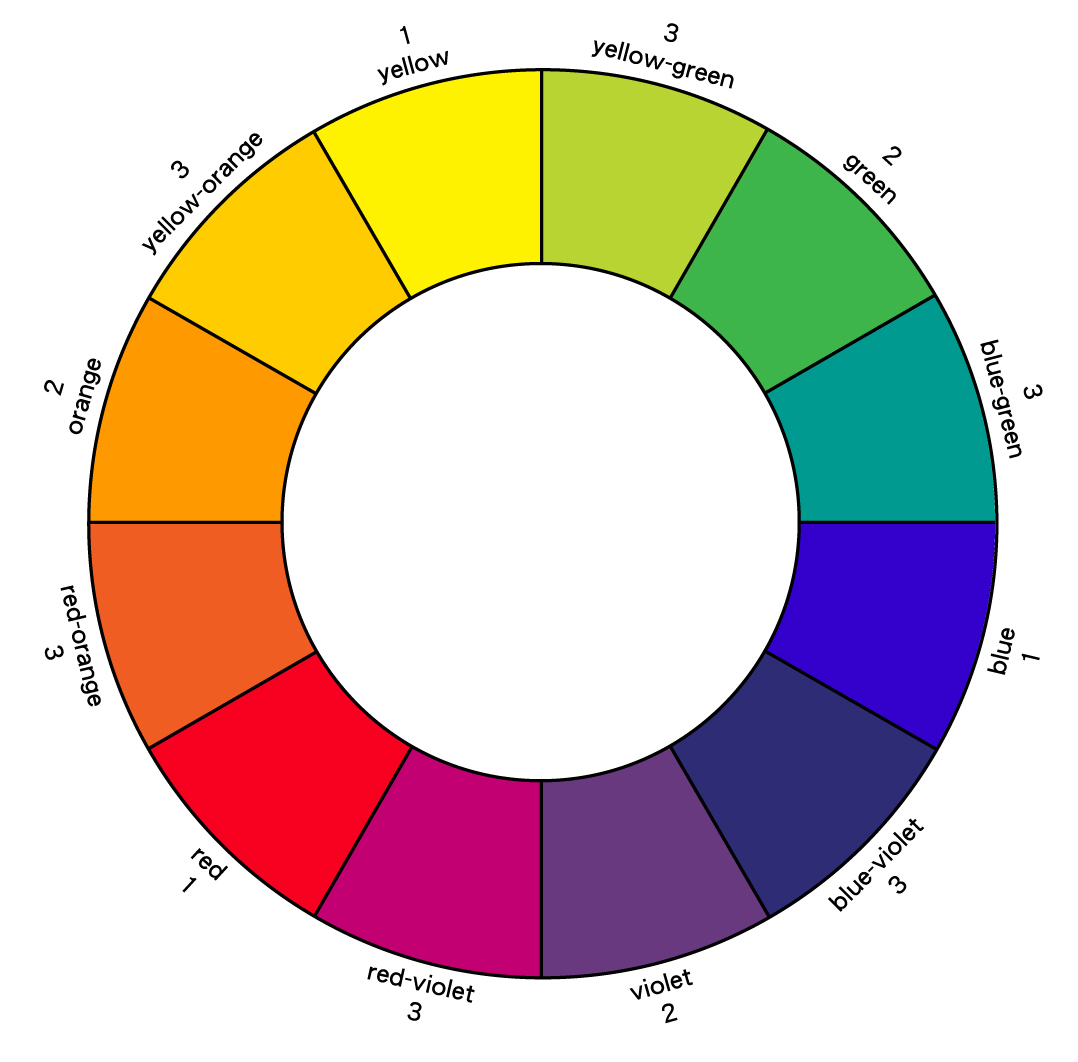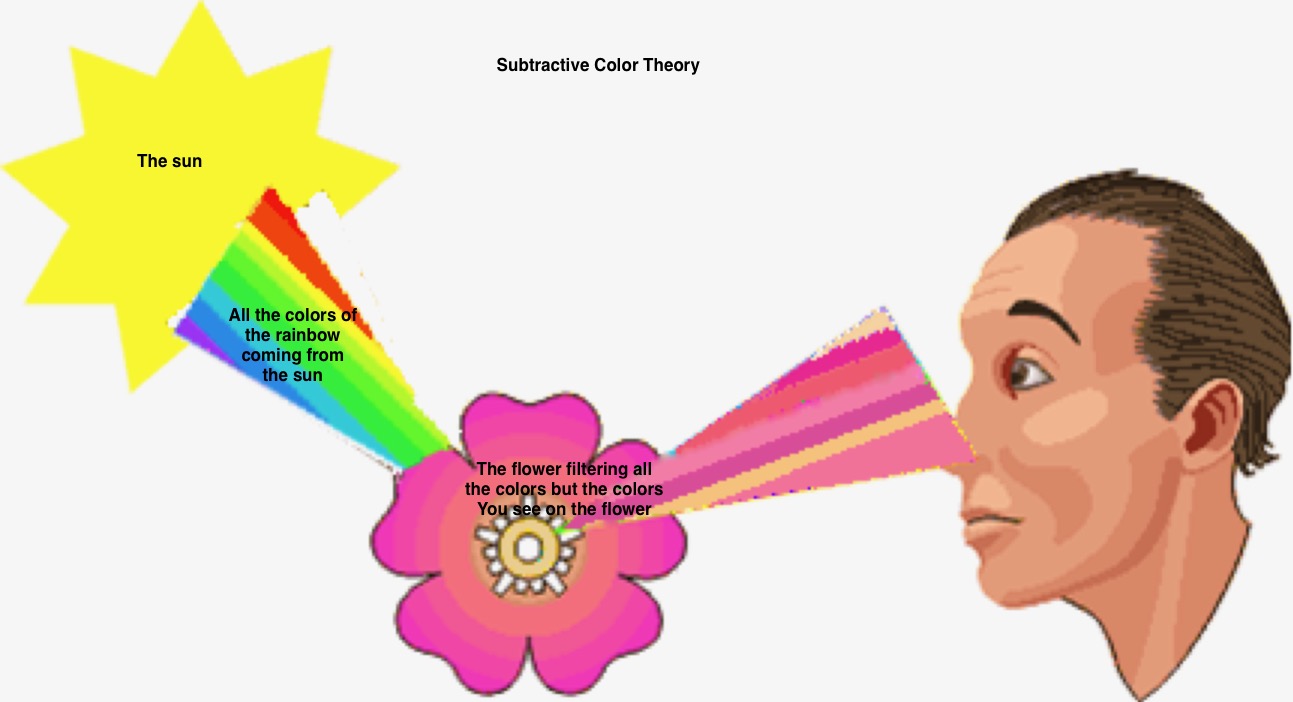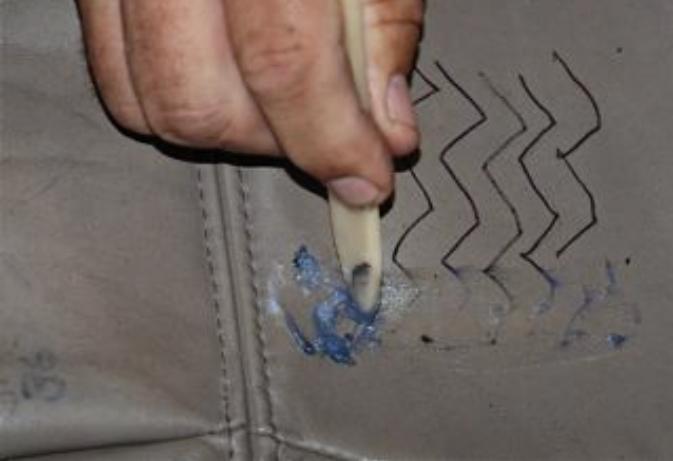
GETTING TO GREY
Color-Matching Principles: Part 1…
By Doug Snow and Kian Amirkhizi
On a dark and stormy night, there I was, my training, my investment and my future all on the line. I had to perform, no excuse would be acceptable. Was this an Olympic sporting event? Well, no. Assisting in first child’s birth? Well, no, not quite. This pivotal event was my first official “job” in the vinyl repair business. I had to get this right or all the money we saved, scrimped and performed the oddest of odd jobs to pay for our training in this field of vinyl repair would all be for naught. Which, reflectively, not so much by today’s standards.
You see, back then, $500 got you a one-week training session at 3R Vinyl in the not-so lovely travel destination of Garden Grove, California. This course gave me one week to learn everything I needed to know to start a successful vinyl repair business. The only thing I knew about vinyl repair was what I had read on the back of comic books: “Learn vinyl repair and make $$$,” which included a smart-looking technician carrying a magic toolbox. But, now, with precious hundreds of dollars, maybe even be $1,000 invested when you count travel, it all boiled down to this moment of truth. Will all of our training pay-off? Will this actually work? (Cue dramatic music.)
Learning By Doing
What was this “job” you ask? We didn’t think we could just stroll into a restaurant and demand that they use our service. So, we had convinced a restaurant manager to allow us to demonstrate a free repair as a sample of our “high-quality” work in hopes of getting an actual paying gig.
So, at 11:00 p.m. at Burn’s Cafe in Corning, California, my girlfriend and business partner worked away on a corner booth cushion that had seemingly survived two World Wars and an Amtrak.
The booths had plywood bottoms, metal springs and foam cushions, and were upholstered with Naugahyde, made from the skin of pure Naugas, which, according to urban legend, were raised on a farm in Connecticut and were tragically slaughtered only for their precious skins.
Okay…back to our story. At this truck stop, cigarettes, black coffee and grease were the staple menu items, and the air was so smoke filled as ranchers and truckers puffed and dined away on their greasy delights with an occasional odd stare from the patrons wonderin’ what the heck we were doin’.
With the hole filled, then came the color. If the repairs seemed challenging, now, at the mixing color stage, not sure that we were feeling confident about the outcome. To further complicate the matter, this booth had multiple colors in it. Dark browns and bright oranges. Back and forth, too yellow, too grey, too light, too dark, anything but the right color.
At that point, we were just hoping to hit the color by accident. We also started feeling that we were on borrowed time with an impatient manger, as the minutes turned into hours. Eventually, it was “good enough,” and we stopped working on the repair. Nervously, we asked the manager, to look at our masterpiece. Making no haste, she immediately made her way to the scene of the crime. Proudly we showed her the repair. Really uncertain what her reaction would be…
Nitty Gritty
It’s been by said by some (I won’t mention names here, but his initials are D.S.), that mixing a proper color is actually more important than performing a physically flawless repair. Bold statement, but think about it. You can hide a bad repair but you can’t hide a mismatched color.
(Oh-wait a minute. Maybe that’s not true. Spray one seat—does it match? Uh…no. Hmmm. Just spray the other seat too—now they match.)
But, if you are interested in performing at the top of your game, then learning how to mix color properly is an incredibly important piece of the puzzle in the restoration game. So, let’s break it down. There’s one thing you need to keep in mind: no matter how frustrated or complicated matching a color can seemingly become, just remember that there are only three colors. Only three. That’s it! So when you are having trouble hitting that green, remember, there are only three colors
Color: What Is It?
Light is a mystery, yeah? Is it a particle of a wave? Hmmm….
Light that comes from the sun is comprised of what we call “white light.” It is a series of electromagnetic radiation waves. The colors we see are in the visible spectrum of the wavelength. Maybe you have heard of ultraviolet and infrared? These are just outside the visible spectrum of colors observable to the human eye.
Add Or Subtract: Which One Do We Use?
There are two theories that govern the relationship of colors: additive and subtractive.
Additive Color Theory: This is not something we use as color technicians, as this details the addition of light frequency waves. You would need to know this if you were in physics or theater.
But consider a short definition of adding up all the colors in the rainbow and what would you get? If you answered a colorful festival in Palm Springs, you’d be wrong. If you answered white light, ding, ding, ding, winner, winner chicken dinner…”
Subtractive Color Theory: This is the theory used by color technicians or if you are an artist. In subtle terms, we are technical artists.
Subtractive color theory refers to the absorption and reflection of light frequency waves on an observable object. In other words, the reflected light you see, say from a red Corvette, is absorbing all the other visible light waves, except red. All other colors are absorbed into the object.
In the case of the red corvette, for instance, the red light that is reflected back to the retina is the color that we perceive the object to be. This fact has huge implications when approaching mixing colors.
What about black, Mr. Smarty Pants? Well, an artist would consider this a color, but not a scientist, as black is the absence of color. More about this concept as we continue.
Color Wheel
First invented by Sir Isaac Newton, the color wheel reveals basic relationships with color. For instance, notice how the colors are arranged. The primary colors are spaced equal distance from each other around the outside of the wheel in perfect geometric symmetry. Notice where the secondary colors are located betwixt the primaries. And it just so happens that combining the primary colors gives you the secondary color directly between.
When Albert Munsell came along in the early 1900s, he wanted a way to describe color in three-dimensional terms. So he developed a method of describing and cataloging colors using a sphere, with the color wheel being the equator and the poles being white and black. This allowed him not only to interpret colors from a totally different perspective, but also allowed a person a completely novel way to “mix” a color.
Definition Of Terms
Hue: Another name for color. Such as this chair has a red hue to it.
Saturation: This is the intensity of the color. Also referred to as CHROMA. When a color is highly saturated, it is free from other colors; consider it to be pure.
Tertiary Color: These are secondary colors that lean either of two ways between primaries. For example, a secondary color such as orange, may still be orange but lean to the red side.
Complimentary: On the color wheel, the opposite color, which cancels each other out.
Value: Lightness or darkness of a color, usually influenced by white or black.
Primary Color: Red, yellow and blue. These are the starting points for all color
Secondary Color: The addition of two primary color colors. Orange, purple and green.
Tint: Adding white to the color.
Tone: Adding grey to the color.
Shade: Adding black to the color.
Neutral Grey: A grey color with no discernible influence of hue.
Metamerism: The appearance of shifting hue while exposed to different light sources.
Mind Blown: Getting To Grey
Now, I am going to blow your mind, especially if you are unfamiliar with using color theory in daily practice. In the real world and to a high degree, mixing a color revolves around the concept of grey. If you were ill-informed about color theory and I asked you how many ways you can make a grey, you would likely say there is only one way—and grab white and black out of your color kit and start mixing. But if I said, mix grey but don’t touch the white or black, could you do it? Using subtractive color theory, it’s not only possible, it’s the best way to mix the most accurate color.
Let’s recall subtractive color theory again. It’s the concept of absorbing colors in the visible spectrum of observable light waves. The color that is reflected back is the color that we perceive. But what if all the colors were absorbed? What would you see then? No color? Black? What is the perfect “no color” color? If you answered grey, you’d be correct.
Consider the color wheel for a moment. You see, red, yellow and blue. Mix all three of those colors together and what happens? All the light waves are absorbed, the only thing that is reflected back is grey. Consider it white light with volume turned down. A perfect grey is one that exhibits no influence from hues. In other words, your observation of the color in asking to describe it, would not include “yeah, it’s a reddish grey, a blueish grey or a yellowish grey.” After observing the color, you would state, “That’s grey, but I don’t see it leaning to any specific color.” That is neutral grey.
Let’s try another explanation. Grab the color wheel and find the three primary colors, RED, YELLOW and BLUE. Now look only at the RED, white light is bouncing off that RED and all the other wavelengths are being absorbed into that RED. All your eye sees is RED. So, if RED absorbs all the other visible wavelengths, imagine if you combined all three primary colors. They would absorb all the visible colors, and what is the absence of color? Neutral grey.
Getting to grey is the most important usable constant in color mixing. It helps you isolate which direction you will take your color. It also determines which colors will go into your mixing cup. It’s always preferable to use oxides as opposed to pure pigments, the result of their less reactive nature. But oxides are not pure, they are not highly saturated pigments. Therefore, they can only be used on colors that are greyish or muted.
Oh, I almost forgot about the restaurant manager. She did, in fact, look at our repair as we anxiously stood by and waited for her response. “Looks great guys, when can you do the rest?” Did I know about tertiary colors? No. Metamuric phenomenon? No. Hell, I didn’t even know who Albert Munsell was! But, we did it, just enough to fool the manager into thinking we knew what we were doing. Talk about on the job training!
Tune in next issue where we continue the discussion on color mixing. Practical tips, techniques and super-secret stuff.
Doug Snow and Kian Amirkhizi are the founders and owners of MATRI-X. Their company is dedicated to education and training of interior repair industry technicians. Snow and Amirkhizi have a varied and extensive background in training and nearly 50 years of combined experience as expert repair technicians. Both are past winners of the Mobile Tech Expo Leather Repair Contest. For more information, visit www.matri-x.com.





